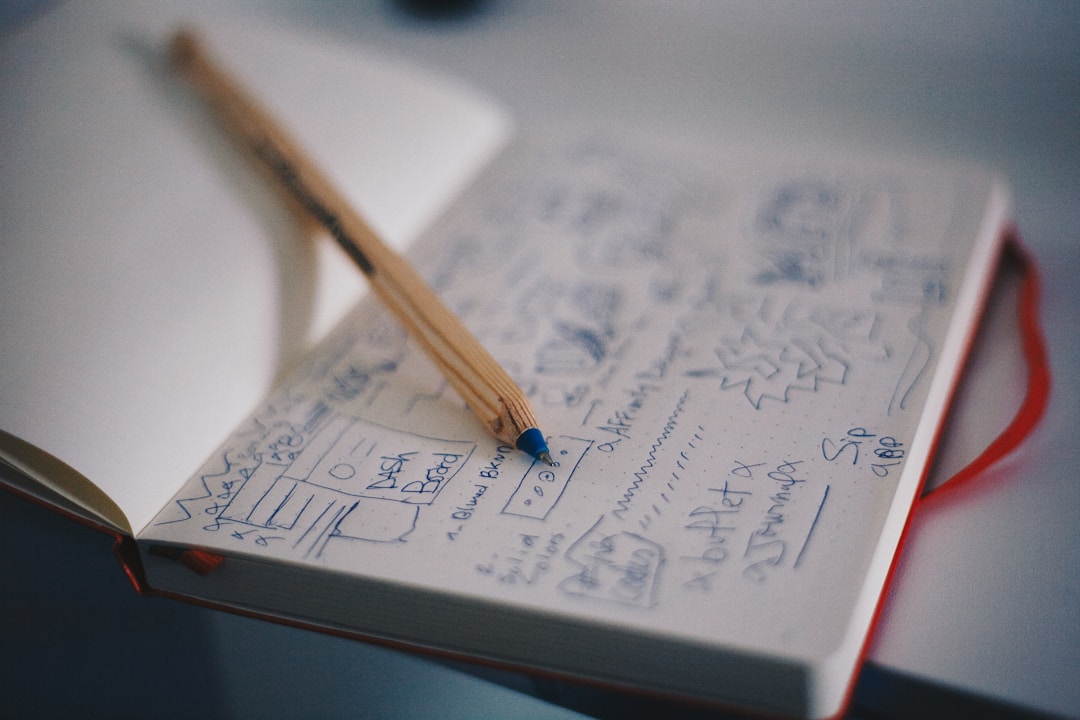The quest for self-discovery and personal growth leads many to explore various systems of understanding the human experience. Human Design is a relatively new tool, but it’s swiftly gaining traction for its unique integration of ancient wisdom and modern science. This system offers individuals a comprehensive blueprint revealing not just personality traits, but also potential, health, and interpersonal dynamics. Below, we’ll delve into the complexities of Human Design, helping you to uncover the profound insights it can offer.
Understanding the Basics of Human Design
Human Design, founded by Ra Uru Hu in 1987, is a unique synthesis of esoteric teachings and modern science, offering a personalized manual for life. It combines elements from various spiritual traditions such as the I Ching, Kabbalah, and Chakra system, alongside genetics and physics.
At its core, Human Design posits that each individual is born with a specific design, mapped out in a chart based on their birth date, time, and place. This chart reveals one’s ‘type’, strategy, authority, and nine centers, influencing how one interacts with the world and makes decisions.
Understanding what is human design offers insights into emotional, psychological, and energetic makeup, aiding personal growth and self-acceptance by providing a clearer path to realizing one’s true potential.
The Five Types of Human Design Systems
Human design categorizes individuals into five distinct Types: Manifestors, Generators, Projectors, Reflectors, and Manifesting Generators. Each Type operates with a unique aura and strategy that aligns with their role in human interactions.
Manifestors possess initiating energy and can independently make impactful changes. Generators, the most common Type, are known for their sustainable life force and find fulfillment through task mastery. Projectors excel in managing and guiding others, making them natural leaders when they honor their unique functioning.
Reflectors offer a mirror to society, reflecting the health of their community. They require a full lunar cycle to make decisions, emphasizing their deep connection with cosmic rhythms. Manifesting generators combine the traits of generators and manifestos, moving efficiently when aligned with their passions.
Understanding your Type is crucial as it determines your Strategy, guiding interactions in sync with your innate design and leading to improved well-being and satisfaction.
How Human Design Integrates Astrology, I Ching, Kabbalah, and Chakras
Human design stands out for its inclusive approach, blending diverse systems and beliefs into a cohesive framework. Astrology contributes by mapping the planetary positions at birth, influencing the chart’s gates and channels. The I Ching’s 64 hexagrams correspond with the human design body graph’s 64 gates, adding depth to interpretations.
The Kabbalistic Tree of Life mirrors the chart’s structure, offering mystical insights into an individual’s place in the universe. Hindu chakras, represented as nine centers in human design, highlight specific aspects of physiology and psyche.
These systems collectively shape a person’s design, offering a multi-layered understanding of their celestial, genetic, and energetic influences. This integration provides rich insights into personal dynamics, aiding in career choices, relationships, and overall well-being.
Human design serves as a practical tool for self-discovery and personal development, drawing wisdom from timeless traditions to navigate life’s complexities with grace and insight.
Decoding Your Human Design Chart

Human design charts may seem intricate at first glance, but each element offers insights into individual traits and potentials. Divided into nine centers mirroring the chakra system, their activation or openness reveals personal characteristics and susceptibilities.
Channels and gates connect these centers, indicating specific energies within your design. Authorities assist in decision-making, aligning with your true nature—whether through gut instinct, emotional sensations, or inner knowing.
Profiles combine two numbers to uncover how your personality aligns with your soul’s purpose, guiding how you engage with the world. Understanding this aspect of your chart informs how you approach life’s challenges and opportunities.
Decoding your human design chart provides clarity, serving as a compass for more authentic and empowered living. Qualified analysts can offer deeper insights into your unique design, facilitating self-awareness and intentionality in navigating life.
The Impact of Human Design on Personal Growth and Decision-Making
Human design offers a pathway to authentic self-realization, profoundly impacting personal growth. By unveiling innate strengths and highlighting challenges, it fosters self-awareness and acceptance, nurturing confidence and self-esteem. Central to this approach is aligning with one’s Strategy and Authority in decision-making, reducing external pressures, and fostering a life of flow.
Understanding human design can also enhance relationships, bringing clarity to individual dynamics and promoting harmony. By respecting each person’s unique design, misunderstandings can be reduced, leading to mutual respect and smoother interactions. Human design offers practical guidance for living a fulfilling life, aligning with one’s true nature in both personal and professional spheres.
Overall, human design is a captivating fusion of diverse fields, offering a transformative pathway to uncovering the complexities of our existence. Through exploring our designs, we unlock deep insights that lead us toward living with greater authenticity and alignment.

